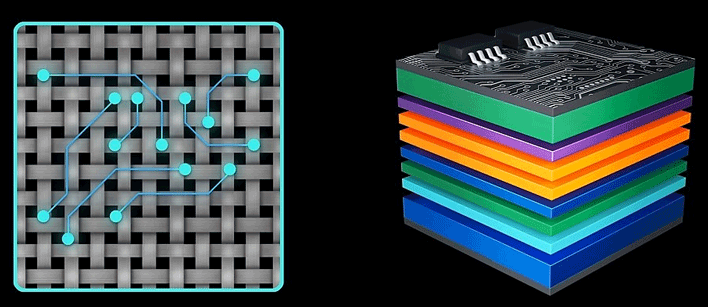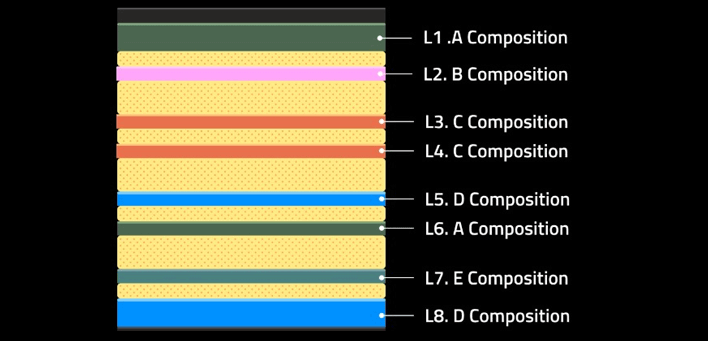Gigabyte's New Motherboards For Ryzen Tap AI For A 25% FPS Boost And 9500+ MT/s RAM
Gigabyte says it's using AI during the manufacturing process and in the software and firmware of their motherboards. For the memory slots and associated circuitry, the company says it's used AI-optimized layouts for better signal integrity (likely by ensuring equal trace lengths on optimal pathways), and for weaving said traces within the PCB's fiberglass material.

On that note, the designers apparently also used AI models for selecting the proper material compositions for each of these boards' 12 layers. The materials, Gigabyte says, are normally found in server boards for reduced signal loss and electromagnetic interference. The memory routes are shielded, and the company goes so far as to say that even the dimensions of vias (tunnels through the board) have been selected with the help of AI models, sizing each one for its specific purpose.
All of this falls under the D5 Bionic Corsa umbrella, the moniker that Gigabyte put on its latest memory-boosting tech, that together with the software smarts, is said to reach stable 9000 MT/s with the appropriate DIMMs, and 9500 MT/s or more in extra-overclocked configurations. Gigabyte goes as far as saying that it can turn standard 6400 MT/s CUDIMMs into 8933 MT/s beasts. You'll need the proper CU-DIMMs for that to happen, though, and the company specifically calls out V-Color's XFinity+ OLED offerings as suitable for the task.

To help reach those speeds, Gigabyte has X3D Turbo Mode 2.0, that purportedly uses an AI model to constantly tune memory and CPU parameters in real-time, adjusting them on the fly according to the workload being run. The memory-specific bit is called AI Snatch, a name that the PR department definitely didn't run by a brit.
No matter what, there's definitely some promise in Gigabyte's claims about these new boards. Given that most motherboards are almost carbon copies of each other among different OEMs, it would definitely interesting to see that one maker's board offers a tangible performance improvements over its competitors. Bringing back motherboard benchmarking would definitely be neat.

